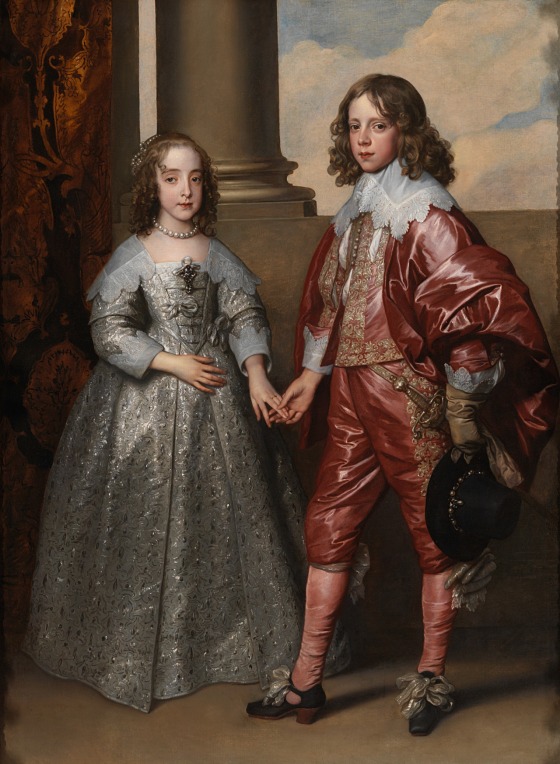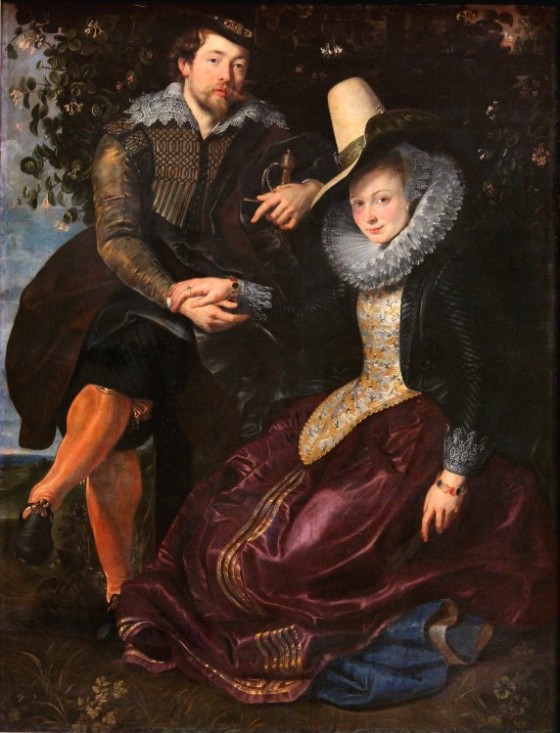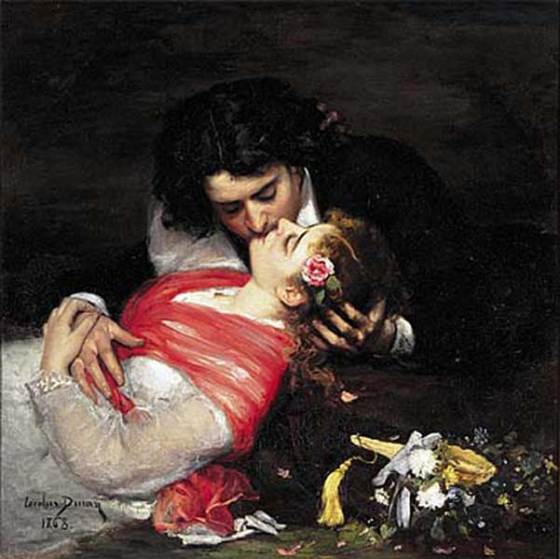Rubens married Isabella Brant, the daughter of an important city official in Antwerp, in October 1609. He was thirty-two, had returned from his long trip to Italy half a year earlier and had just been appointed court painter by Albert VII, Archduke of Austria, sovereign of the Low Countries, with special permission to base his studio in Antwerp instead of at the court in Brussels, and to also work for other clients. She was eighteen. In this life-size double portrait now in the Alte Pinakothek, often known simply as The Honeysuckle Bower, he celebrated his new marriage.
Isabella sat for several portraits by her husband and his student Anthony van Dyck before she died of the bubonic plague, not yet thirty-five.


